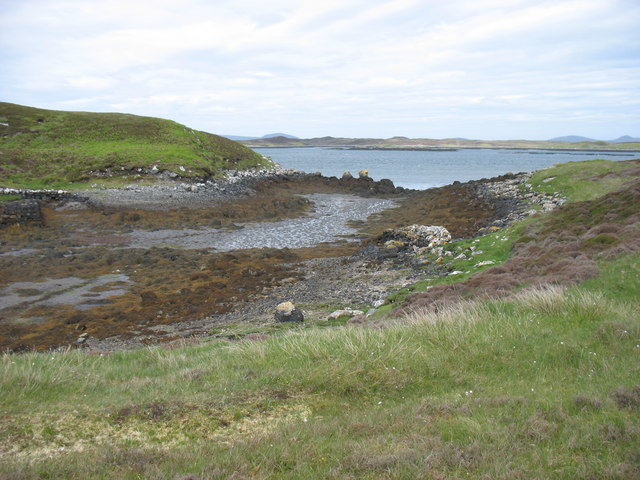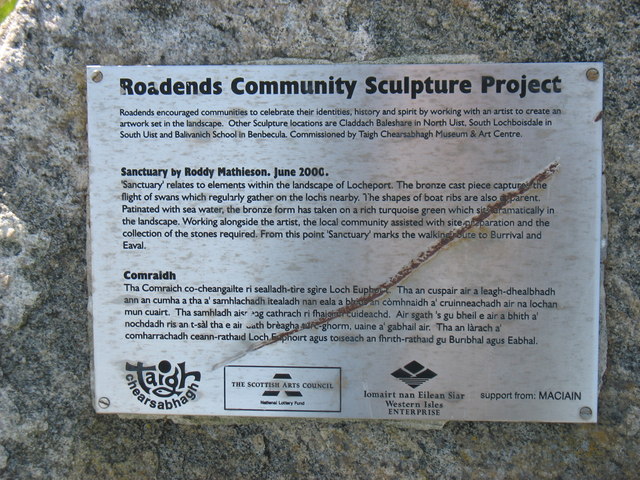Eilean Fada
Island in Inverness-shire
Scotland
Eilean Fada
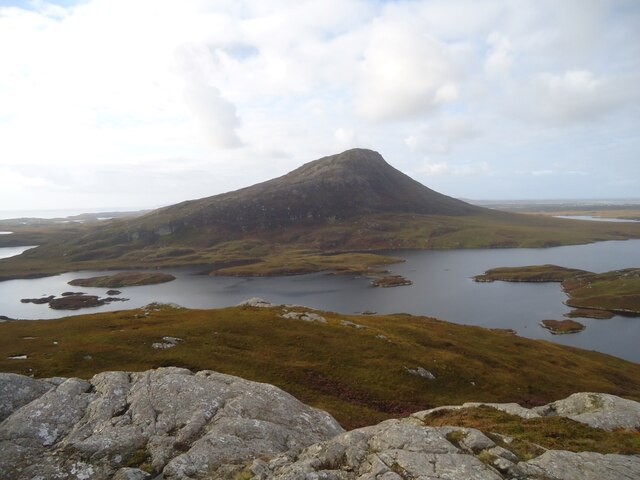
Eilean Fada is a small island located in the Loch Eil in Inverness-shire, Scotland. Also known as the "Long Island," it is situated approximately 7 miles northeast of Fort William and covers an area of around 30 acres. The island is accessible by boat and is a popular destination for tourists and nature enthusiasts.
Eilean Fada is characterized by its stunning natural beauty, with picturesque landscapes and breathtaking views of the surrounding mountains and water. The island is covered in lush greenery and has a diverse range of flora and fauna. Visitors can explore the island's rugged terrain, which offers opportunities for hiking and wildlife spotting.
One of the main attractions on Eilean Fada is the ruin of a medieval castle, which was once an important defensive structure. The castle dates back to the 13th century and provides a glimpse into the island's rich history. Exploring the castle ruins allows visitors to imagine what life would have been like in ancient times.
The island is also home to a variety of bird species, making it a haven for birdwatchers. The peaceful and tranquil environment of Eilean Fada provides an ideal habitat for these birds, and visitors can observe them in their natural habitat.
Overall, Eilean Fada offers a unique and idyllic escape from the bustling cities and a chance to immerse oneself in the natural beauty and history of the Scottish Highlands.
If you have any feedback on the listing, please let us know in the comments section below.
Eilean Fada Images
Images are sourced within 2km of 57.539318/-7.1938251 or Grid Reference NF8961. Thanks to Geograph Open Source API. All images are credited.

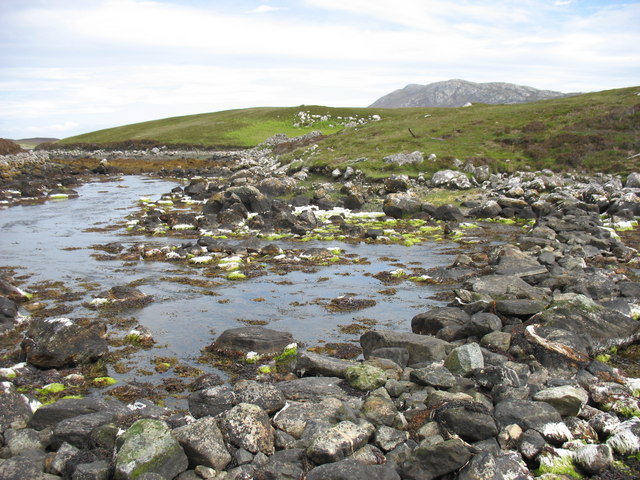
Eilean Fada is located at Grid Ref: NF8961 (Lat: 57.539318, Lng: -7.1938251)
Unitary Authority: Na h-Eileanan an Iar
Police Authority: Highlands and Islands
What 3 Words
///audio.recording.desks. Near Lochmaddy, Na h-Eileanan Siar
Nearby Locations
Related Wikis
Fraoch-Eilean
Fraoch-eilean is a small island with an uncertain population north of Benbecula in the Outer Hebrides of Scotland. It is about 55 hectares (140 acres...
Flodaigh Mòr
Flodaigh Mòr (or Floddaymore) is an uninhabited island in the Outer Hebrides of Scotland. == Geography and geology == Flodaigh Mòr lies east of North Uist...
Grimsay
Grimsay (Scottish Gaelic: Griomasaigh) is a tidal island in the Outer Hebrides of Scotland. == Geography == Grimsay is the largest of the low-lying stepping...
Baile Glas
Baile Glas or Ballaglasa (Scottish Gaelic: Am Baile Glas) is a settlement on Grimsay in the Outer Hebrides, Scotland. Ballaglasa is within the parish of...
Have you been to Eilean Fada?
Leave your review of Eilean Fada below (or comments, questions and feedback).
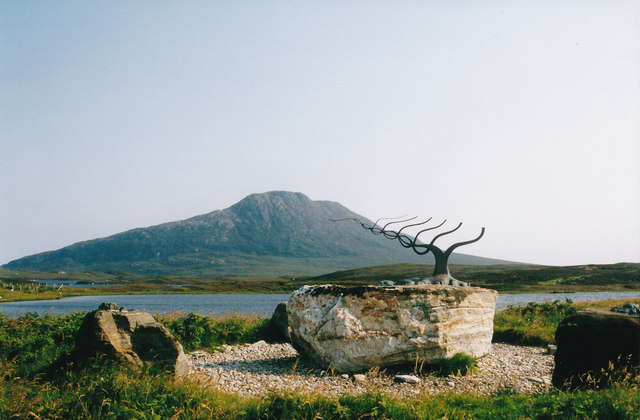
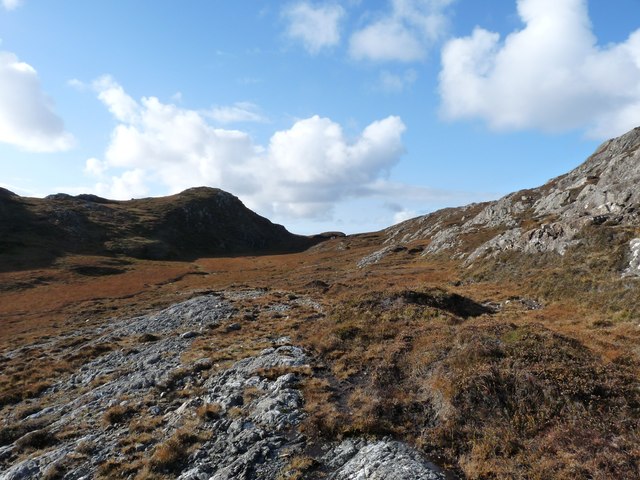
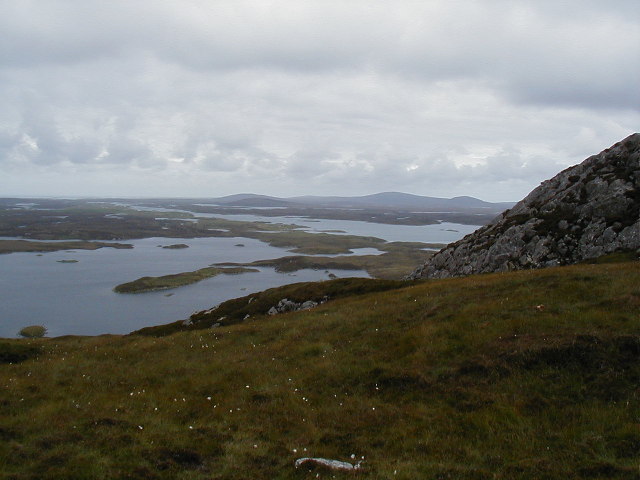
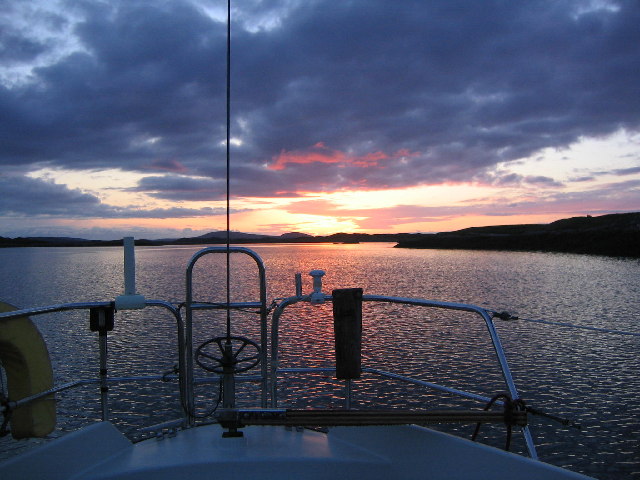

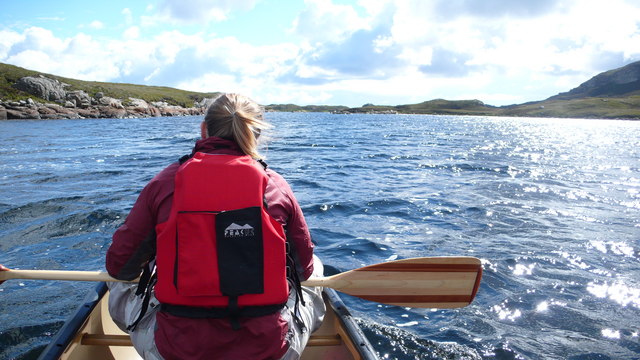
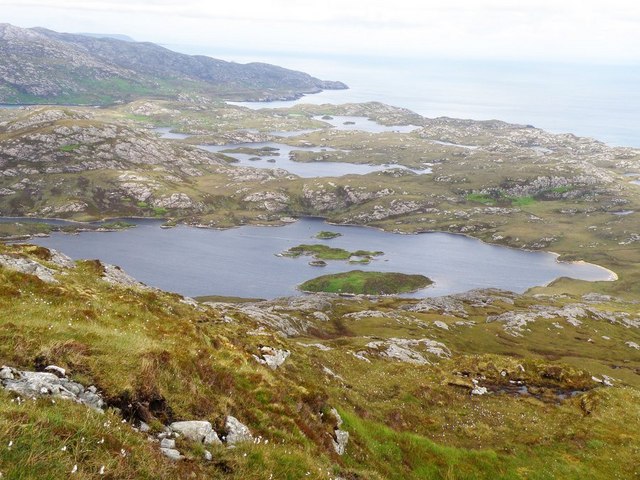
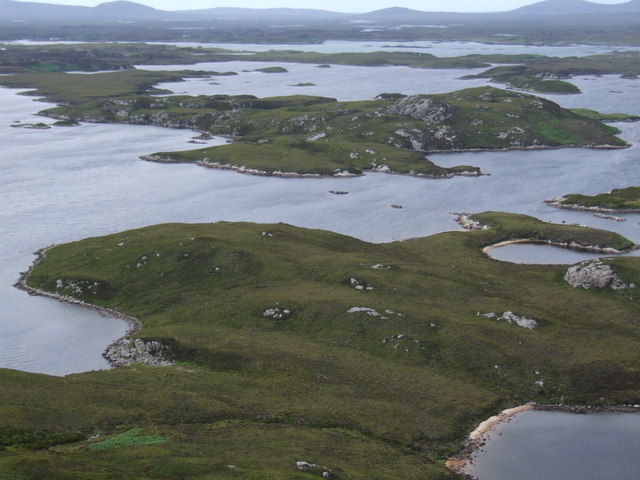
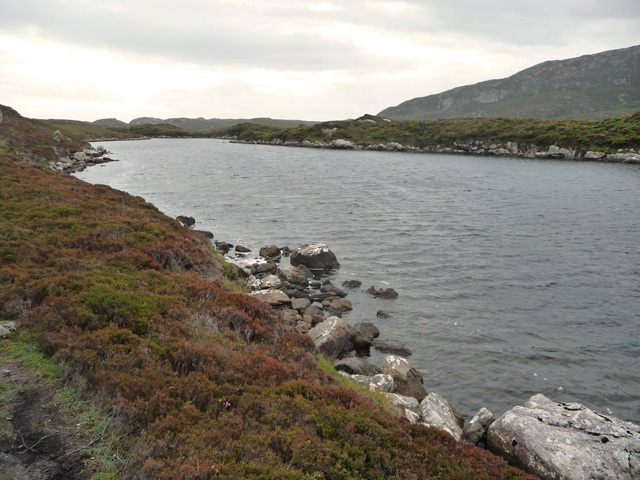
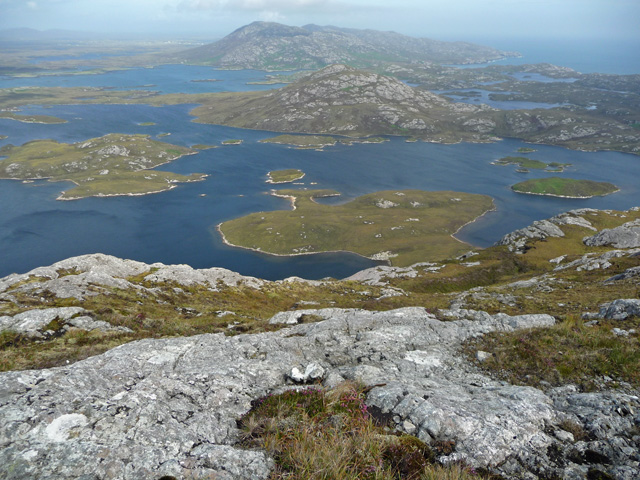
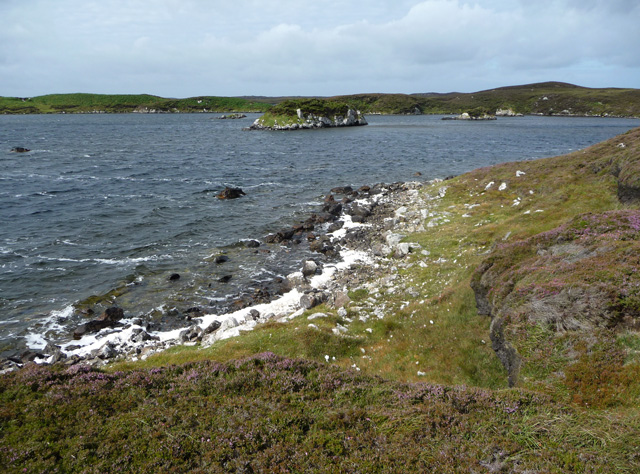

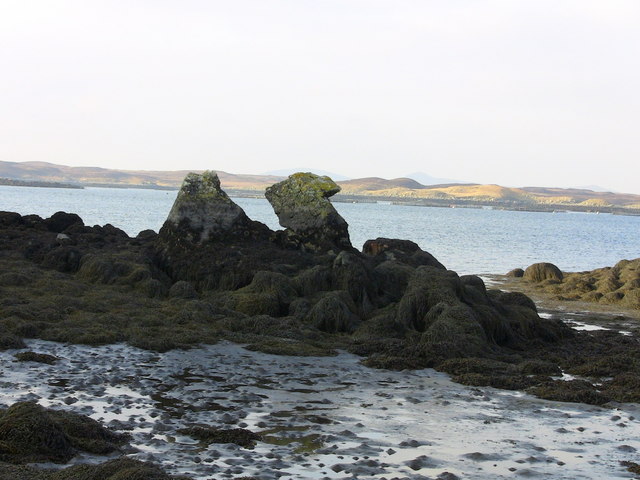
![Loch Obasaraigh Eaval, the highest point on North Uist, is the hill on the far side of the loch. Although the route to the hill is indirect (to the left [east] of the loch as seen here), this is the best approach if you wish to climb Eaval.](https://s3.geograph.org.uk/geophotos/02/53/72/2537267_7cb5c80c.jpg)
